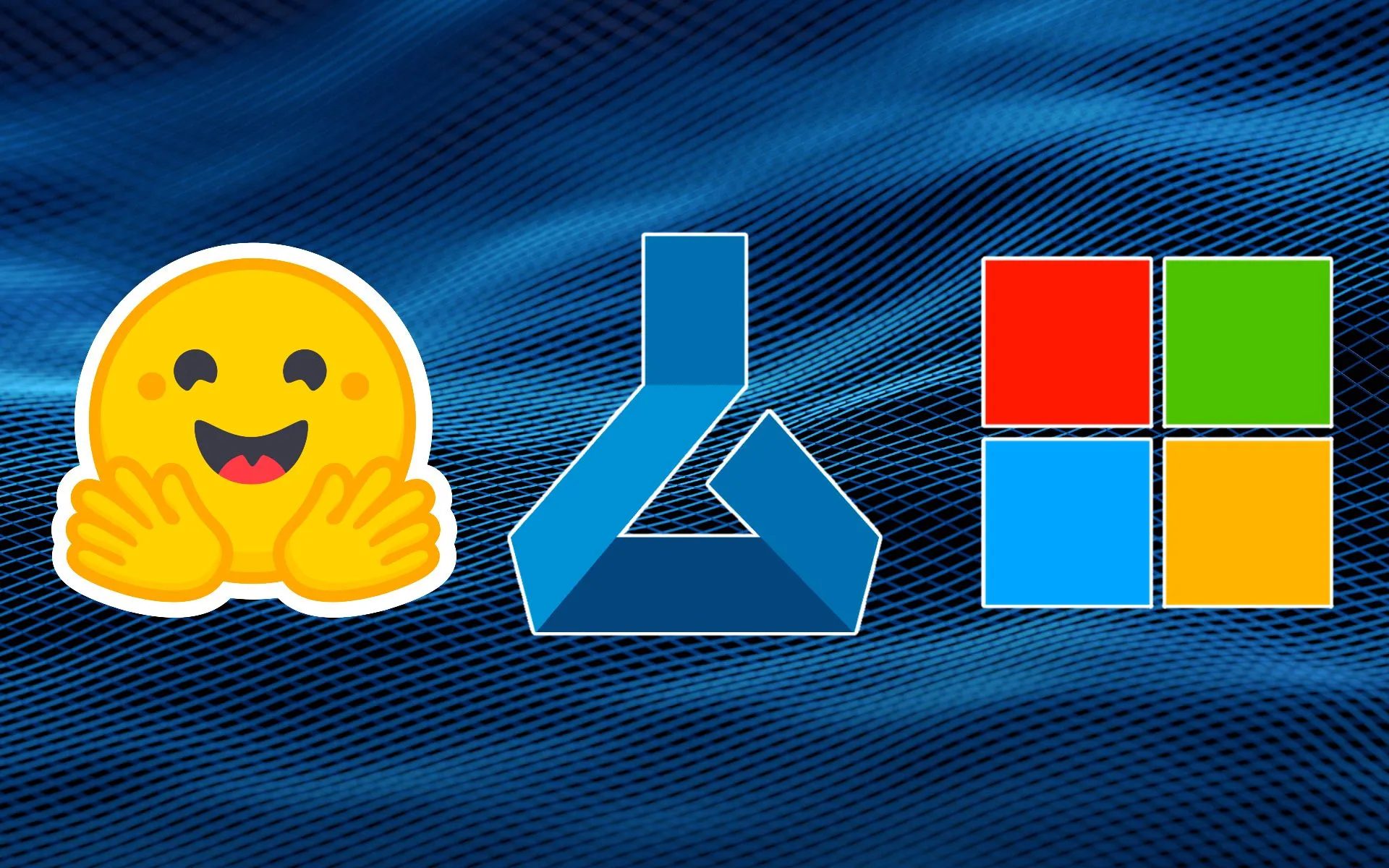Microsoft unveiled its new MInference technology on the AI platform Hugging Face, showcasing a potential breakthrough in processing speed for large language models.
The demonstration, powered by Gradio, allows developers and researchers to test Microsoft’s latest advancement in handling lengthy text inputs for AI systems directly in their web browsers. This interactive demo highlights significant improvements in the efficiency and speed of processing long text inputs, which is a critical aspect of advancing AI technology.
MInference, which stands for “Million-Tokens Prompt Inference,” aims to significantly accelerate the pre-filling stage of language model processing, a common bottleneck for long text inputs.
According to Microsoft researchers, MInference can reduce processing time by up to 90% for inputs of one million tokens, equivalent to about 700 pages of text, while maintaining accuracy. This dramatic reduction in processing time addresses a significant challenge in deploying large language models widely.

The computational demands of large language model (LLM) inference are a substantial barrier, especially as prompt lengths increase. The attention to computation complexity often results in lengthy processing times.
For example, it takes 30 minutes for an 8 billion parameter LLM to process a prompt of one million tokens on a single Nvidia A100 GPU. MInference reduces this inference latency by up to 10 times for pre-filling on an A100 GPU, while maintaining accuracy, showing an 8.0x latency speedup for processing 776,000 tokens.
This innovative approach addresses the AI industry’s need for efficiently processing larger datasets and longer text inputs. As language models grow in size and capability, handling extensive context becomes crucial for applications ranging from document analysis to conversational AI.
The Gradio-powered demo enables developers to explore AI acceleration hands-on, potentially accelerating the refinement and adoption of MInference technology.
Beyond speed improvements, MInference’s ability to selectively process parts of long text inputs raises questions about information retention and potential biases. The technology’s approach to dynamic sparse attention might also reduce the energy consumption required for processing long texts, aligning with concerns about the carbon footprint of AI systems.
This could influence future research directions toward more sustainable AI technologies. Microsoft’s public demo of MInference intensifies competition among tech giants, potentially prompting rapid advancements in efficient AI processing techniques.
The coming months will likely see intense scrutiny and testing of MInference, providing valuable insights into its real-world performance and implications for the future of AI.
